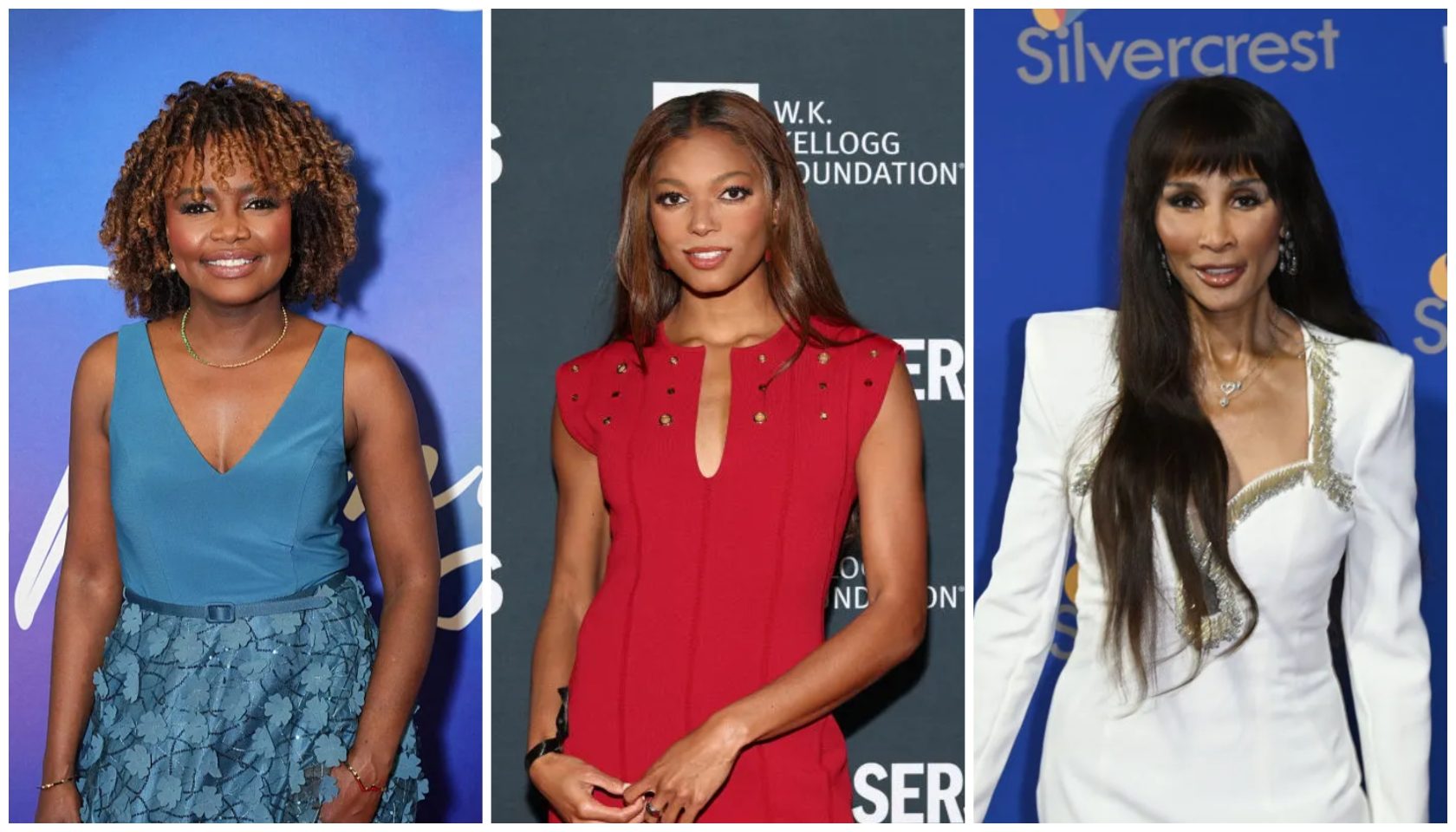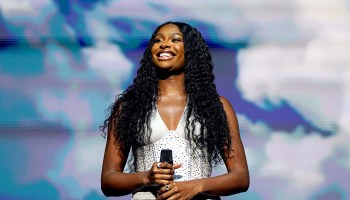AU Basketball Pioneer Getting Posthumous Honor
When Coach Dave Carasco started coming to visit the late Richard “Dickie” Wells, the age of black players being recruited in big numbers for white colleges had not yet dawned. It was just a couple years removed from the 1954 Brown vs. Board of Education decision that outlawed segregation in the public schools in America.
Wells’ high school teammate, the late Spotswood Bolling, was the lead plaintiff in Bolling vs. Board of Education, a lawsuit filed against Washington, D.C.’s segregated public schools system. And Carasco had a vision of a racially integrated basketball program at American University.
After several home visits and fried chicken dinners, he was able to convince Wells’ mother that her son, a star football and basketball player at D.C.’s Spingarn High School, was the right man to join Carasco in his quest.
On Saturday, 56 years after accepting the challenge to become a trailblazer, Wells – the first black player at American University and the first to play in the Mason-Dixon Conference – will be posthumously inducted into AU’s Stafford H. “Pop” Cassell Hall of Fame.
Dickie Wells made an on impact AU’s record books. He is second all-time at American University with 1,184 career rebounds, sixth and eighth with 433 and 412 rebounds in a single season, respectively, and ranks third with 16 free throws made in a single game at Towson State University.
Wells also was the school’s first player to receive All-American honors when he was named a Little College All-American Honorable Mention in 1958. He was also named an NCAA college Division Honorable Mention in 1960.
But what was especially remarkable is that he did it all amid heightened racial tension.
When a black student athlete considered going out of state to attend college, he could have easily been talking about American University. Wells grew up in the far Northeast section of D.C., near the Baltimore-Washington Parkway, which leads to points north, from Baltimore to New York City. AU, on the other hand, lies in the part of northwest Washington that is a gateway to Northern Virginia and points south.
It was a 2.5-hour ride each way to campus each day.
As a player, Wells was a tenacious rebounder and defender, according to his teammate and neighbor Andrew Johnson.
In addition, Johnson said, “He was unselfish and coachable,” often taking younger guys under his wing and helping them improve their athletic skills.
Sports commentator and talk show host Harold Bell was one of those young athletes who benefited from Wells’ unselfish behavior.
When I arrived at Spingarn, I was going to hell in a hurry, and he became my mentor,” Bell said.
Wells’ big brother, Ed, a basketball legend in his own right at Armstrong and North Carolina A&T University, remembered Carasco’s visits and the racial tensions of the time clearly.
During the first road game in the Mason-Dixon Conference, hundreds of placards – reading “N—– go home” or emblazoned with other vulgar ephitets directed at Wells and Carasco – littered the arena. Several black cats were released upon the floor, delaying the game, Ed Wells said.
The name calling and verbal abuse continued until Dickie Wells fouled out of the game early in the fourth quarter. The student body stood in unison, locked hands and rocked back and forth with eyes closed as the band played “Bye, Bye Black Bird.”
Each year, when AU returned to play that school, there was at least one more black player on the team, and the trash-talking and the singing diminished until Wells’ senior year, when at least four black players took the court.
That year, there was no “Bye, Bye Black Bird,” before, during or after the game.
















